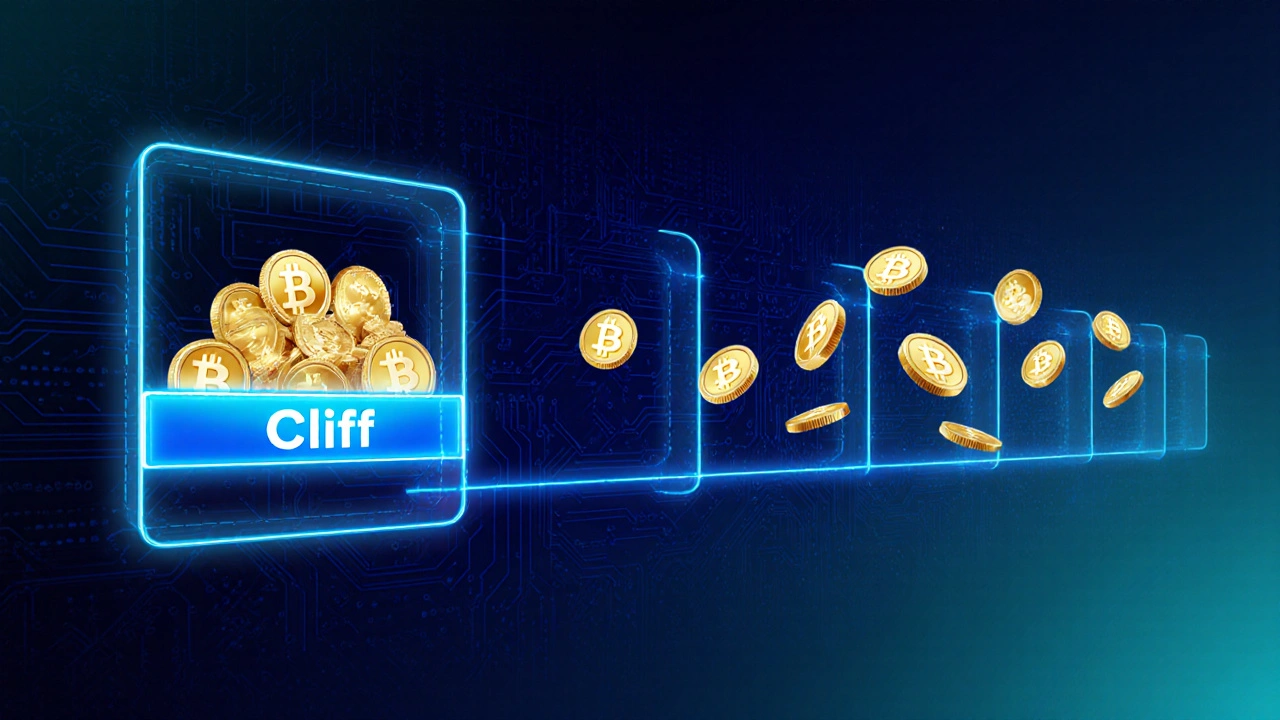Smart Contract Overview
When working with Smart Contract, a self‑executing piece of code that runs automatically when preset conditions are met. Also known as self‑executing contract, it lives on a Blockchain, a distributed ledger that records every transaction in a tamper‑proof way and can trigger Governance Tokens, digital assets that let holders vote on protocol changes and allocate resources. For security, many contracts rely on Merkle Trees, a cryptographic structure that verifies large data sets with a single hash. In short, a smart contract enables trustless automation, needs a blockchain to execute, often powers governance token mechanics, and uses Merkle proofs for data integrity. This trio of concepts creates a powerful ecosystem for decentralized finance and beyond.
Why Smart Contracts Matter Today
Smart contracts encompass decentralized finance (DeFi) applications, allowing users to lend, borrow, and trade without intermediaries. They require blockchain platforms like Ethereum or Solana to provide the immutable environment needed for code execution. Governance tokens influence how these contracts evolve, because token holders can vote to upgrade contract logic or reallocate treasury funds. Meanwhile, Merkle trees enable scalable verification, letting a contract confirm a user’s balance or eligibility without pulling the entire ledger into memory. This interplay means developers can build complex financial products—such as automated market makers or insurance protocols—while keeping costs low and security high. The result is a vibrant landscape where code, crypto assets, and cryptography work hand‑in‑hand.
Looking ahead, smart contracts will likely expand into supply‑chain tracking, digital identity, and even real‑world legal agreements. As more industries adopt blockchain, the demand for robust governance token models and efficient Merkle proofs will grow. Expect tighter integration with layer‑2 scaling solutions, which will make contract interactions faster and cheaper. By understanding the core pieces—smart contracts, the blockchains that host them, the governance tokens that steer them, and the Merkle trees that safeguard data—you’ll be ready to evaluate new projects, spot design flaws, and leverage the tech for your own strategies. Below you’ll find a hand‑picked collection of articles that dive deeper into each of these areas, offering practical insights, real‑world examples, and step‑by‑step guides.
Token Vesting Explained: How Blockchain Tokens Are Released Over Time
- Lorcan Sterling
- 0 Comments
Learn what token vesting is, why it matters in blockchain projects, how smart contracts enforce schedules, and best practices for designing secure, transparent vesting plans.
Read more

